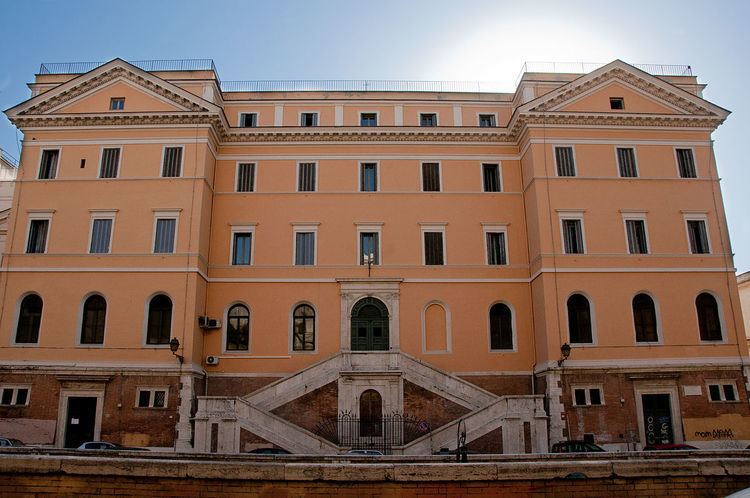 | ||
Liceo scientifico (literally scientific lyceum) is a type of secondary school in Italy. It is designed to give students the skills to progress to any university or higher educational institution. Students can attend the liceo scientifico after successfully completing middle school (scuola media).
Contents
The curriculum is devised by the Ministry of Education, and emphasises the link between the humanistic tradition and scientific culture. It covers a complete and widespread range of disciplines, including Italian language and literature, mathematics, physics, chemistry, biology, history, philosophy, Latin language and culture, English language and culture, art history and technical drawing. Students typically study for five years, and attend the school from the age of 14 to 19. At the end of the fifth year all students sit for the esame di Stato, a final examination which leads to the maturità scientifica.
A student attending a liceo is called liceale, although the more generic terms studente (male) and studentessa (female) are also in common use. Teachers are known as professore (male) or professoressa (female).
History
Liceo scientifico was created with the Gentile reform in 1923. Originally, students attended the school for four years and the curriculum was derived from that of the ginnasio, a humanity-centered type of secondary school similar to today's liceo classico.
This meant that, despite its name, the liceo scientifico had more teaching hours dedicated to Latin language and literature than mathematics. Moreover, students that completed the school were not allowed to progress to university courses in the humanities or jurisprudence, while students that completed the liceo classico were allowed to progress to any university course. These limitations drew several criticisms from the academic world.
The curriculum and structure underwent several changes over the course of the following century. Most importantly, in 1969 the ban preventing students of the liceo scientifico from entering many university courses was finally lifted. In 1991 and again later in 1995, school reforms introduced an alternative curriculum, Piano Nazionale di Informatica (PNI, literally National Plan of Computer Studies). The new curriculum differed from the old one not only by including computer programming, but also in having more teaching hours dedicated to mathematics and physics. This new curriculum was optional for schools to implement. Other alternative curricula were also made available for schools to choose from, such as a bilingual curriculum introducing the teaching of a second language in addition to English.
The latest major reform, in 2008, eliminated all previous alternative curricula. It significantly increased the teaching hours dedicated to scientific subjects and decreased those dedicated to Latin. In addition to the standard curriculum, it also created the alternative curriculum opzione scienze applicate (applied sciences option) which involves more teaching and laboratory hours for the sciences and does not include Latin.
Curriculum
The tables below show the hours of teaching dedicated to each subject per week for the two available curricula.
Final exam
The final exam is officially called esame di Stato, although the old name esame di maturità is still in common use. It is composed of three written and one oral part:
Students are examined by an exam committee which is formed in equal parts by their own teachers and teachers coming from other schools. The first and second tests are written by the Ministry of Education, while the third test and the oral exam are prepared and administered by the exam committee.
The final grade is given as a number out of 100, and is the sum of the points obtained by students in the final exam and the credit they accumulated over the previous years.
